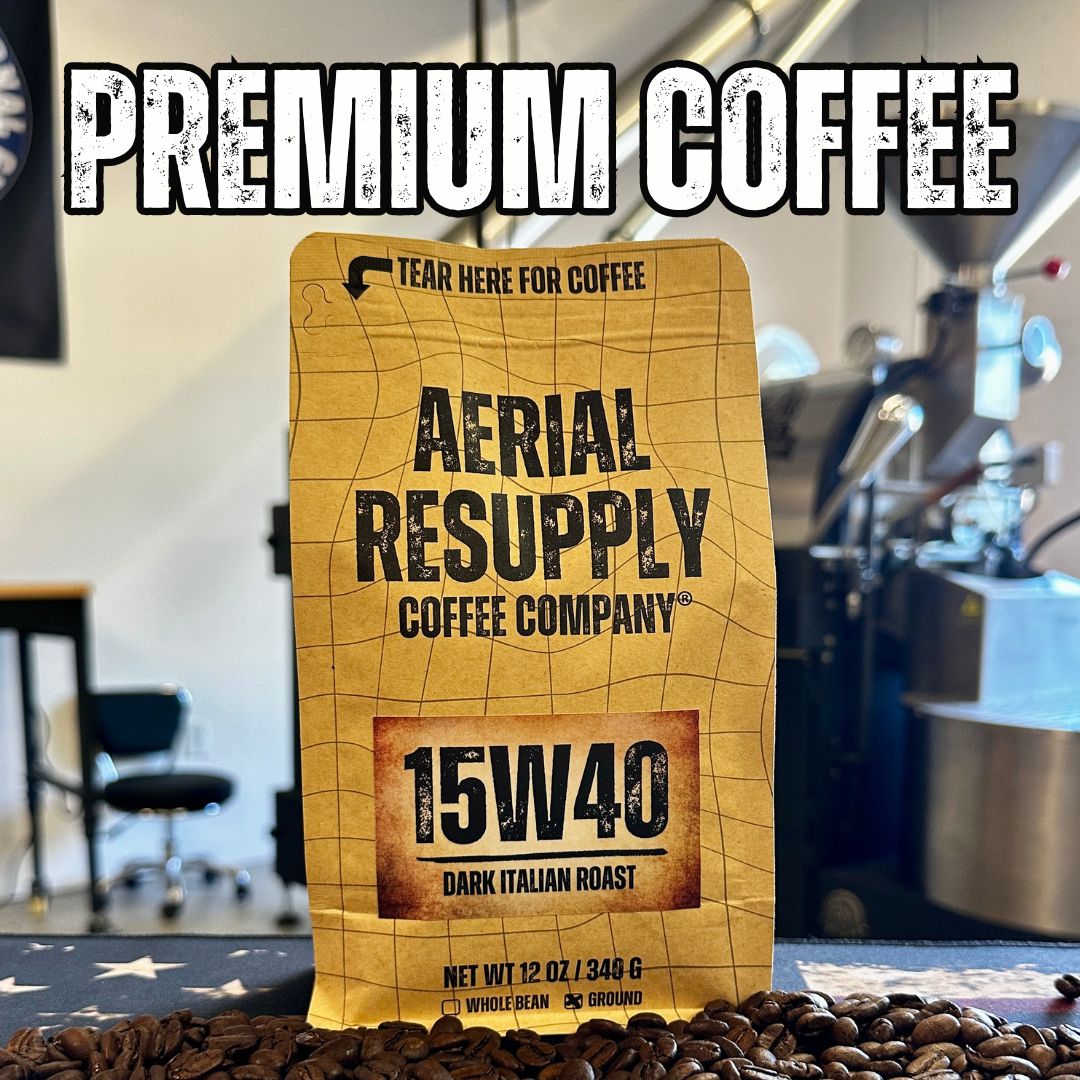From Farm to Cup: The Journey of Caffeine in Coffee
Introduction
Coffee is one of the most popular beverages in the world, with over 2 billion cups consumed every day. But do you know how caffeine, the main stimulant in coffee, makes its way from the farm to your cup? In this article, we will explore the journey of caffeine in coffee, from its origins on the plantations to its final destination in your mug. We will also learn about the various stages in the coffee production process, and how they affect the flavor and quality of your brew.

Coffee Farming and Cultivation
Coffee Plantation Origins
Coffee is a tropical plant that belongs to the genus Coffea, which has over 120 species. The most commonly cultivated species are Coffea arabica and Coffea canephora (also known as robusta). Arabica accounts for about 60% of the world’s coffee production, while robusta makes up about 40%. Arabica beans are generally more aromatic and flavorful, but also more sensitive to pests and diseases. Robusta beans are more bitter and acidic, but also more resilient and higher in caffeine.
Coffee plants are grown in over 70 countries, mostly in Africa, Asia, and Latin America. The ideal conditions for coffee cultivation are high altitudes, moderate temperatures, abundant rainfall, and rich soil. Some of the major coffee producing regions are Brazil, Vietnam, Colombia, Indonesia, Ethiopia, and Honduras.
The Coffee Growing Process
Coffee plants take about 3 to 4 years to mature and produce fruit. The fruit is called a cherry, and it contains two seeds (or beans) surrounded by a pulp. The cherries ripen at different times depending on the variety and climate. They are usually harvested by hand or by machine once they turn red or yellow.
The harvested cherries are then processed to remove the pulp and reveal the beans. There are two main methods of processing: wet and dry. In the wet method, the cherries are soaked in water and then passed through a machine that separates the beans from the pulp. The beans are then fermented in water tanks to remove any remaining mucilage (a sticky substance that coats the beans). The beans are then washed and dried in the sun or by artificial means.
In the dry method, the cherries are spread out on large surfaces and dried in the sun for several weeks. The cherries are turned regularly to prevent rotting and mold. Once they are dry, they are hulled to remove the outer skin and pulp.
The processed beans are then sorted by size, shape, color, and density. They are also graded by quality based on factors such as defects, moisture content, aroma, and flavor. The beans are then packed in bags or containers and shipped to roasters around the world.

Bean Processing and Roasting
Bean Selection and Sorting
Before roasting, the beans are inspected again for any defects or impurities. They are also tested for moisture content, density, acidity, and flavor profile. The roasters select and sort the beans according to their preferences and specifications. They may also blend different types of beans to create unique flavors and characteristics.
The Art of Roasting
Roasting is the process that transforms green coffee beans into brown roasted ones. Roasting involves exposing the beans to high temperatures (between 180°C and 240°C) for a certain amount of time (between 10 minutes and 20 minutes). Roasting causes chemical reactions that develop the aroma, flavor, color, and caffeine content of the beans.
The roasting process can be divided into three stages: drying, browning, and development. In the drying stage, the beans lose moisture and become lighter. In the browning stage, the beans turn yellowish-brown and start to emit a pleasant smell. In the development stage, the beans reach their desired roast level (from light to dark) and develop their full flavor and aroma.
The roast level affects the taste and caffeine content of the coffee. Generally, lighter roasts have more acidity and complexity, while darker roasts have more bitterness and body. Lighter roasts also have slightly more caffeine than darker roasts, as caffeine is lost during the roasting process.
Brewing and Enjoyment
The Coffee Brewing Process
Brewing is the process that extracts the flavor and aroma of the roasted beans into a liquid. Brewing involves grinding the beans, adding hot water, and filtering the grounds. There are many methods of brewing coffee, such as drip, French press, espresso, pour-over, cold brew, and more. Each method has its own advantages and disadvantages, depending on the type of coffee, the equipment, and the personal preference of the drinker.
The main factors that affect the quality of the brew are:
- Grind size: The size of the coffee grounds affects the extraction rate and the flavor of the coffee. Generally, finer grinds result in faster and stronger extraction, while coarser grinds result in slower and weaker extraction. The optimal grind size depends on the brewing method and the desired taste.
- Water temperature: The temperature of the water affects the solubility and volatility of the coffee compounds. Generally, hotter water results in more extraction and more flavor, while cooler water results in less extraction and less flavor. The ideal water temperature ranges from 90°C to 96°C for most brewing methods.
- Water quality: The quality of the water affects the taste and clarity of the coffee. Water that is too hard (high in minerals) or too soft (low in minerals) can alter the flavor and appearance of the coffee. Water that is too chlorinated or contaminated can also affect the coffee negatively. The best water for coffee is filtered, fresh, and odorless.
- Brew ratio: The brew ratio is the ratio of water to coffee grounds by weight. It determines the strength and concentration of the coffee. Generally, higher brew ratios result in weaker and more diluted coffee, while lower brew ratios result in stronger and more concentrated coffee. The optimal brew ratio depends on the brewing method and the personal preference of the drinker.
- Brew time: The brew time is the duration of contact between the water and the coffee grounds. It affects the extraction level and the flavor of the coffee. Generally, longer brew times result in more extraction and more bitterness, while shorter brew times result in less extraction and more acidity. The optimal brew time depends on the brewing method and the grind size.
Savoring the Coffee
Once brewed, coffee can be enjoyed in various ways, depending on the culture, tradition, and preference of the drinker. Some people like to drink their coffee black, without any additives or sweeteners. Others like to add milk, cream, sugar, honey, spices, or syrups to their coffee. Some people like to drink their coffee hot, while others like to drink it cold or iced. Some people like to drink their coffee in the morning, while others like to drink it throughout the day or at night.
Coffee can also be paired with different foods, such as pastries, cakes, cookies, sandwiches, or chocolates. Coffee can also be used as an ingredient in various recipes, such as desserts, sauces, marinades, or cocktails.
Coffee can also be enjoyed in different settings, such as at home, at work, at a café, or on a trip. Coffee can also be shared with friends, family, colleagues, or strangers.
Coffee can also be appreciated for its history, culture, artistry, science, and social impact.
Distribution and Consumption
Coffee Distribution Network
Coffee is one of the most traded commodities in the world. After roasting, the beans are packaged and distributed to various markets around the world. The distribution network involves many actors, such as exporters, importers, wholesalers, retailers, and consumers. The distribution network also involves many modes of transportation, such as trucks, ships, planes, trains, and bikes. The distribution network also involves many challenges, such as tariffs, taxes, regulations, quality control, and sustainability.
Coffee Culture
Coffee culture refers to the social practices and customs that surround the consumption and appreciation of coffee. Coffee culture varies widely across different regions and countries. Some examples of coffee culture are:
- Turkish coffee: A traditional method of preparing coffee by boiling finely ground beans with water and sugar in a small pot called a cezve. The coffee is served in small cups with a thick layer of foam on top.
- Italian coffee: A style of coffee that involves brewing espresso with a pressurized machine and adding steamed milk or foam. The most common types of Italian coffee are cappuccino, latte, macchiato, and mocha.
- Vietnamese coffee: A type of coffee that is made by dripping dark roast coffee through a metal filter into a cup of condensed milk. The coffee is then stirred and served hot or iced.
- Ethiopian coffee ceremony: A ritual that involves roasting green beans over a charcoal fire, grinding them with a mortar and pestle, and brewing them in a clay pot called a jebena. The coffee is then poured into small cups and served with sugar, salt, or butter.
- Third wave coffee: A movement that emphasizes the quality, origin, and artisanal aspects of coffee. Third wave coffee roasters and baristas seek to highlight the unique flavors and characteristics of different beans and brewing methods.
Conclusion
We have seen how caffeine in coffee travels from the farm to the cup, passing through various stages of production, processing, roasting, brewing, and consumption. We have also learned about the rich and complex process that leads to a satisfying coffee experience. Coffee is not just a drink, but a culture, a science, an art, and a passion.
If you enjoyed this article, you may also like to read more from The Flightline Cafe on Aerial Resupply Coffee’s website (aerialresupplycoffee.com). Here are some of the articles that you can find:
- How to Brew the Perfect Cup of Coffee at Home
- The History and Evolution of Coffee Roasting
- The Health Benefits and Risks of Caffeine
You can also check out some of the roasts from Aerial Resupply Coffee, a Veteran owned coffee brand that delivers high-quality coffee to your doorstep. Here are some of the roasts that you can try:
- 15W40 Blend: A dark roast with bold and smoky flavors.
- FireWatch Blend: A medium roast with smooth and balanced flavors.
- Lifeline Blend: A light roast with bright and fruity flavors.
Thank you for reading this article. I hope you learned something new and enjoyed it. If you have any questions or feedback, please feel free to leave a comment below. Until next time, this is Brian from The Flightline Cafe, signing off. ☕️





